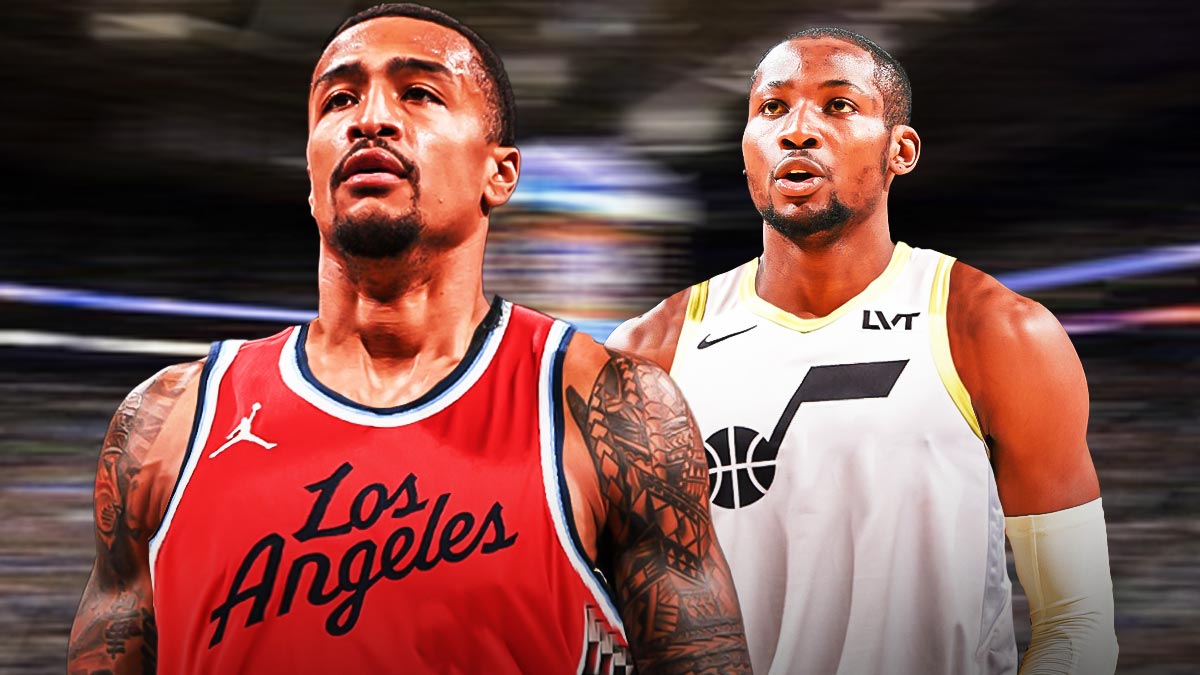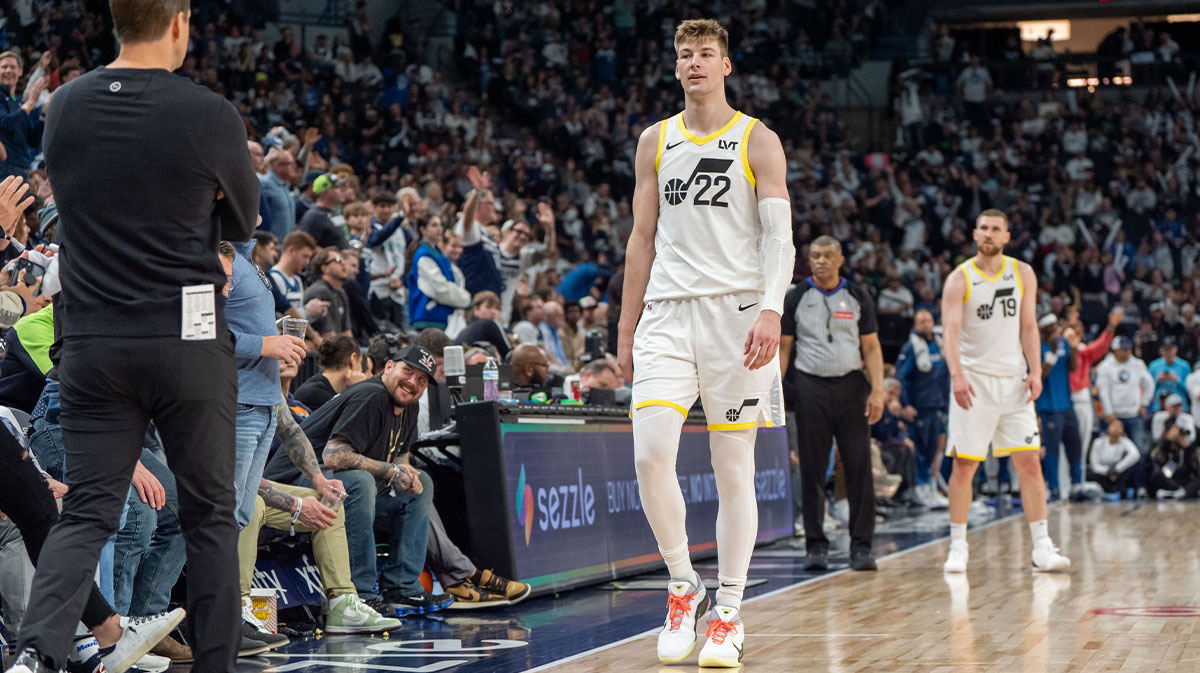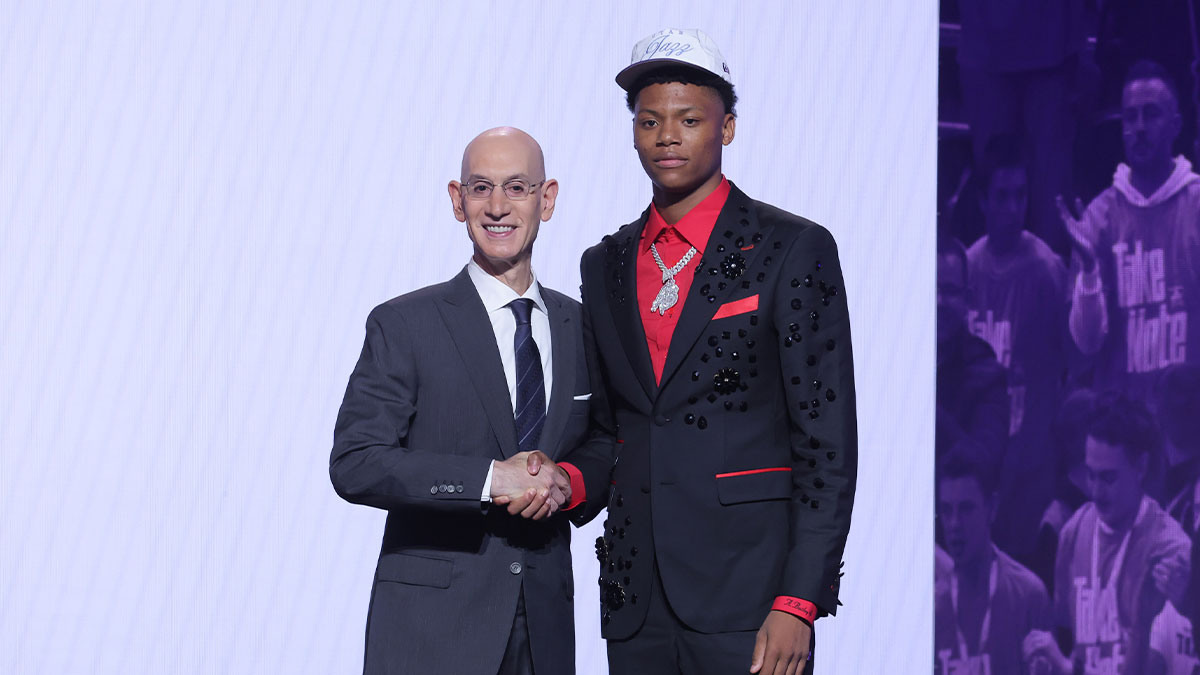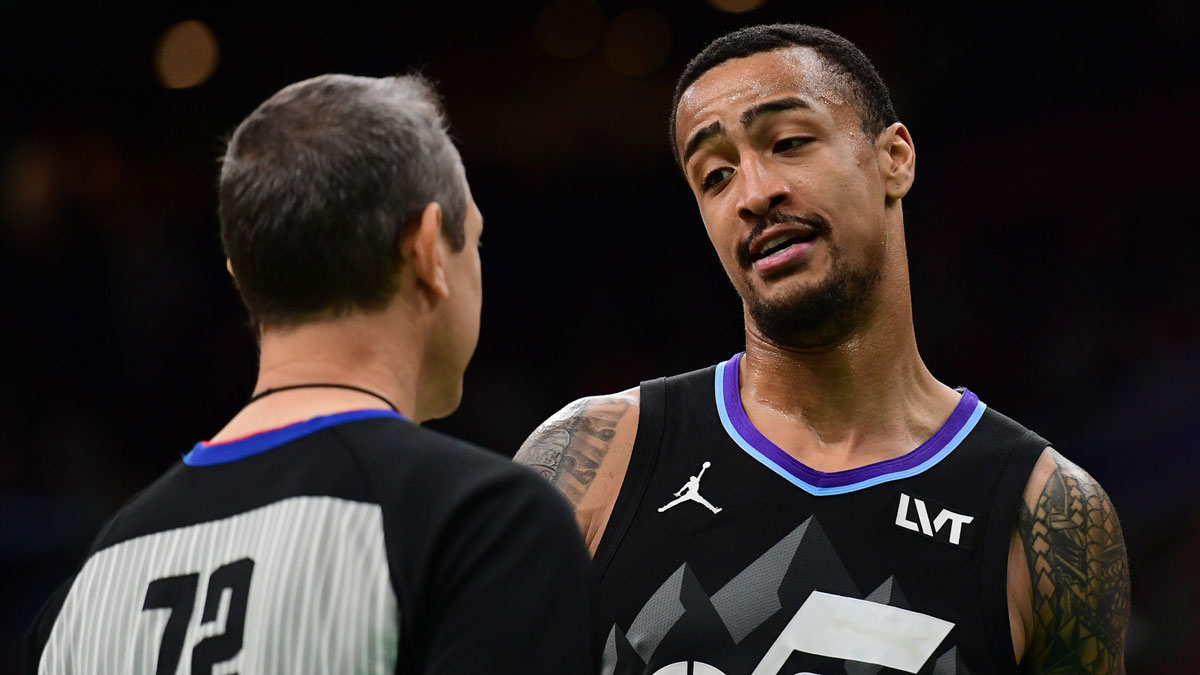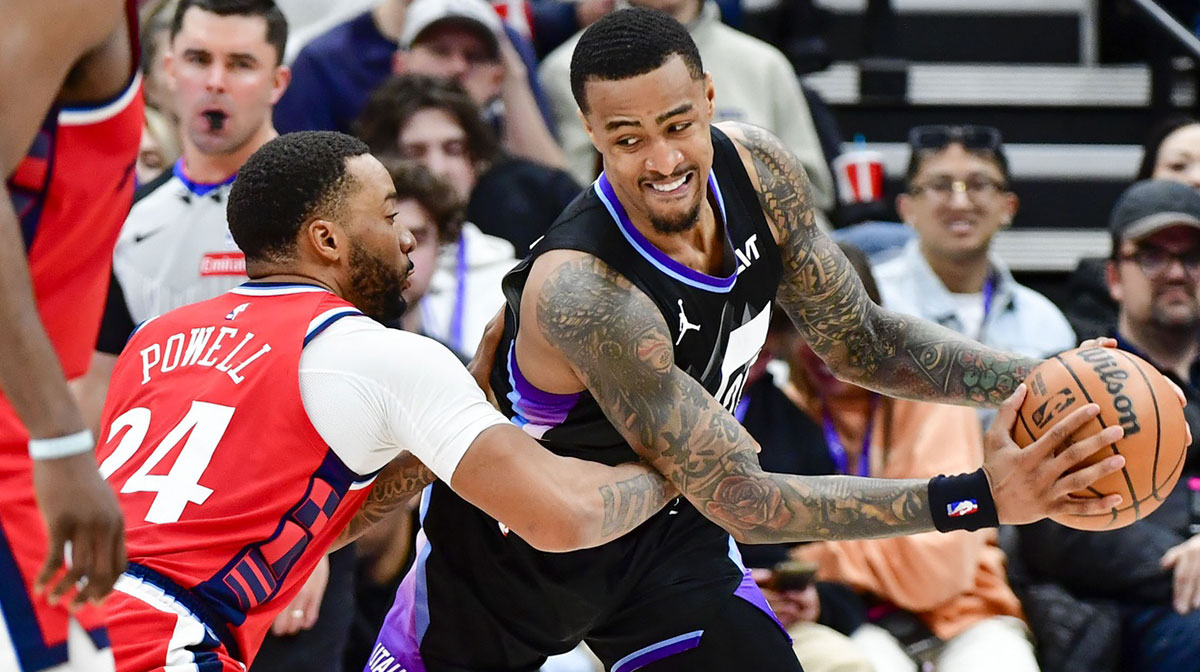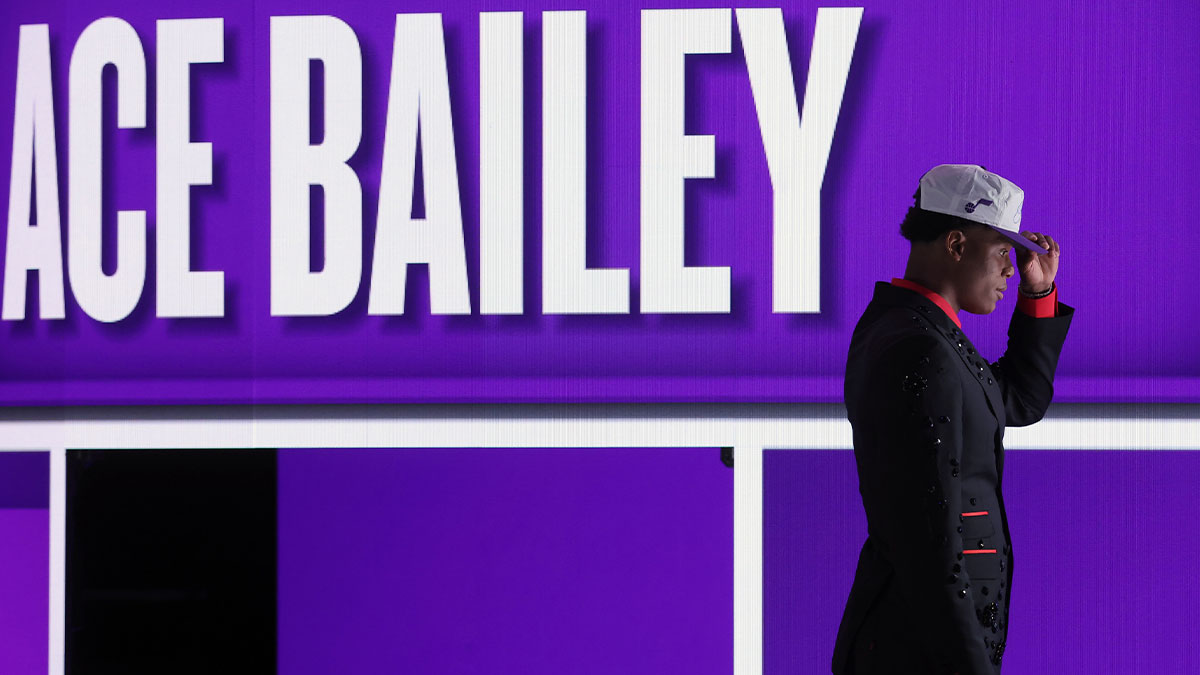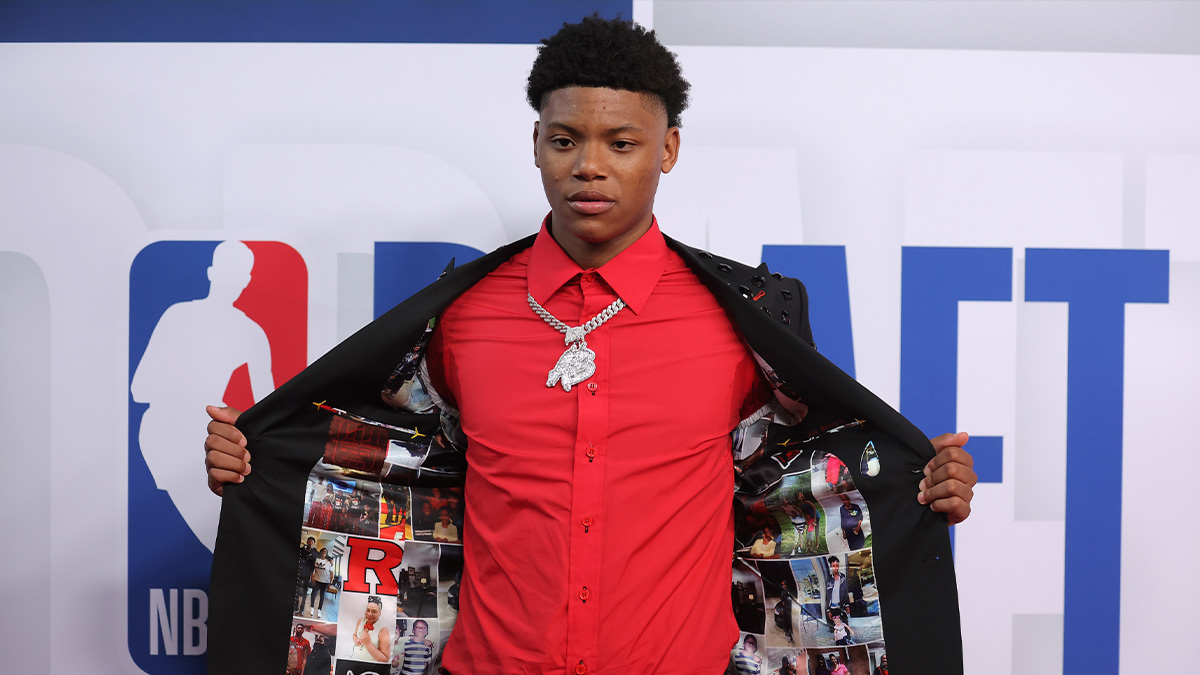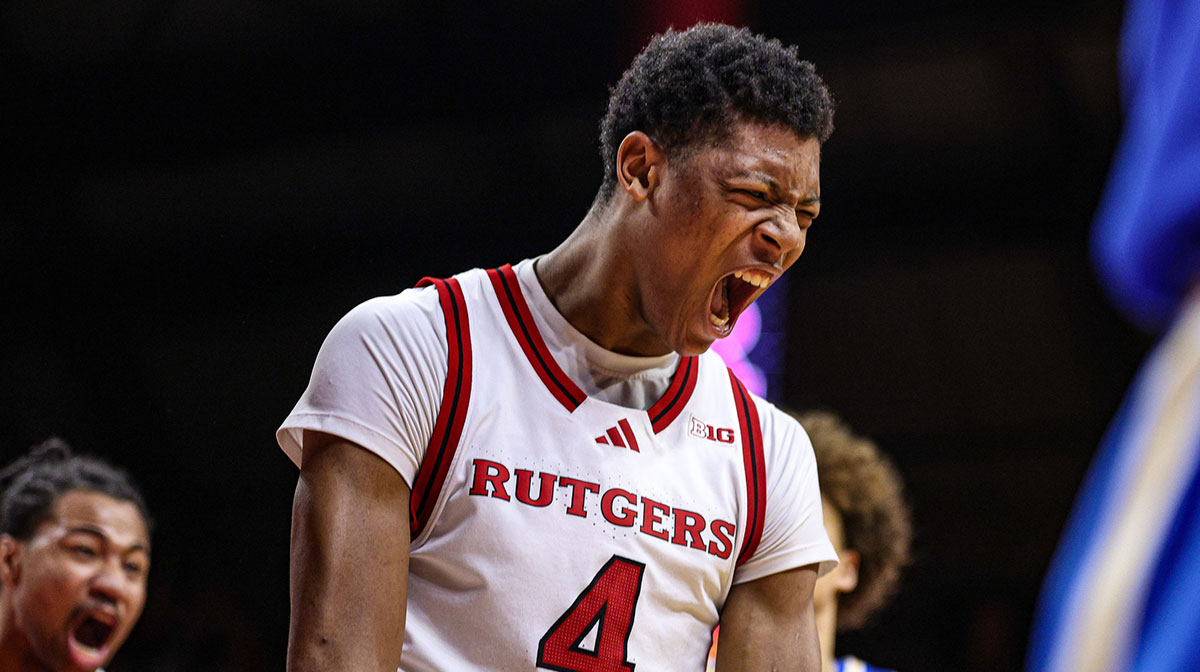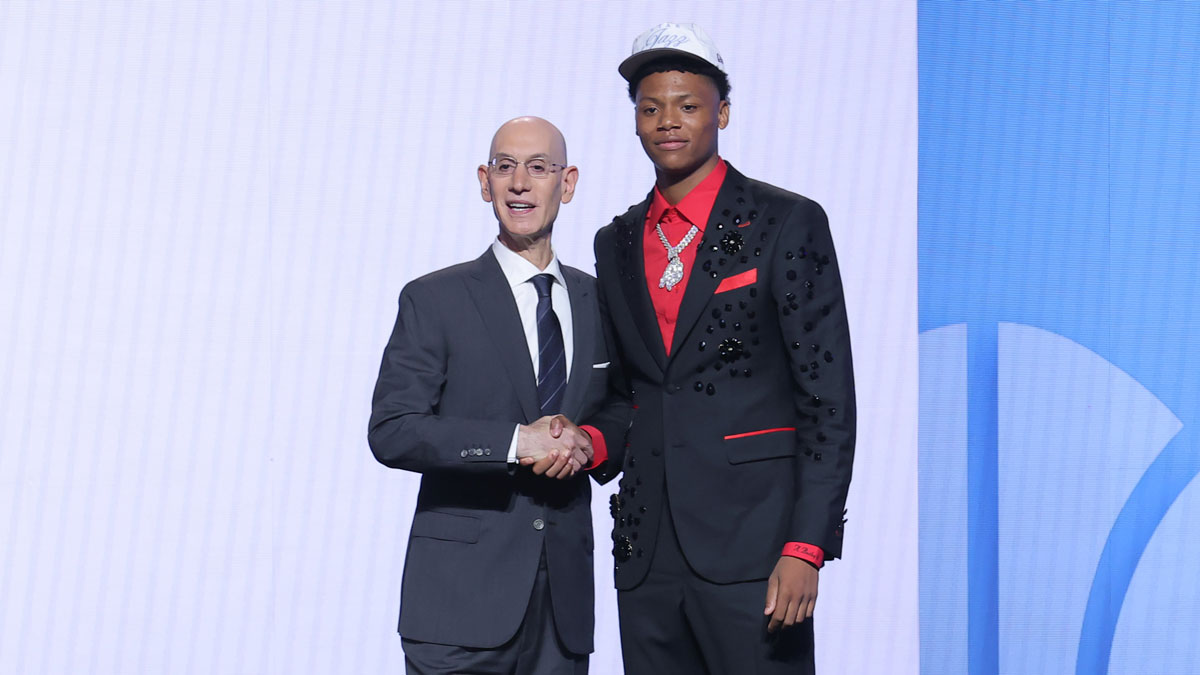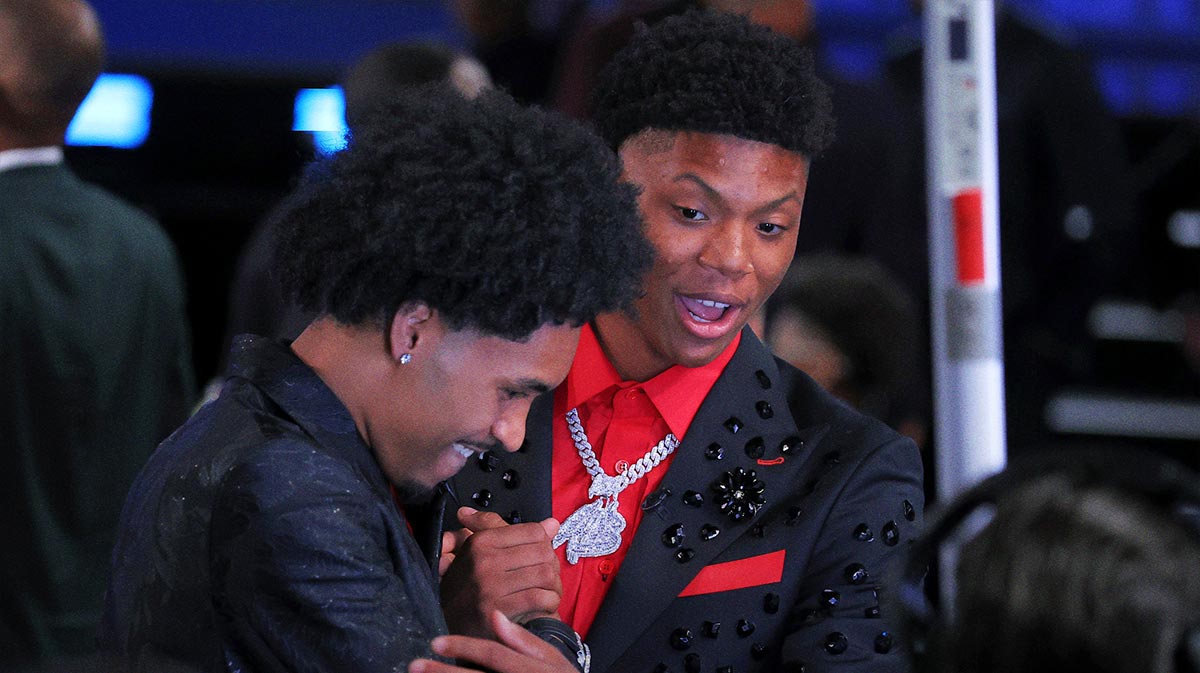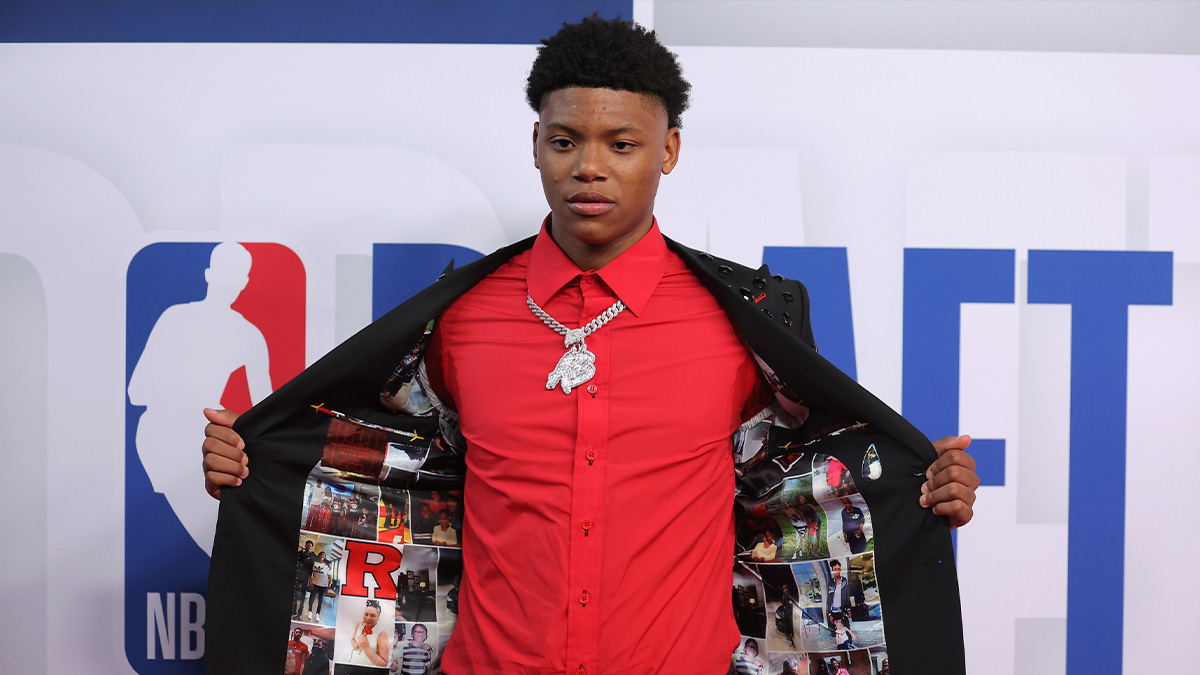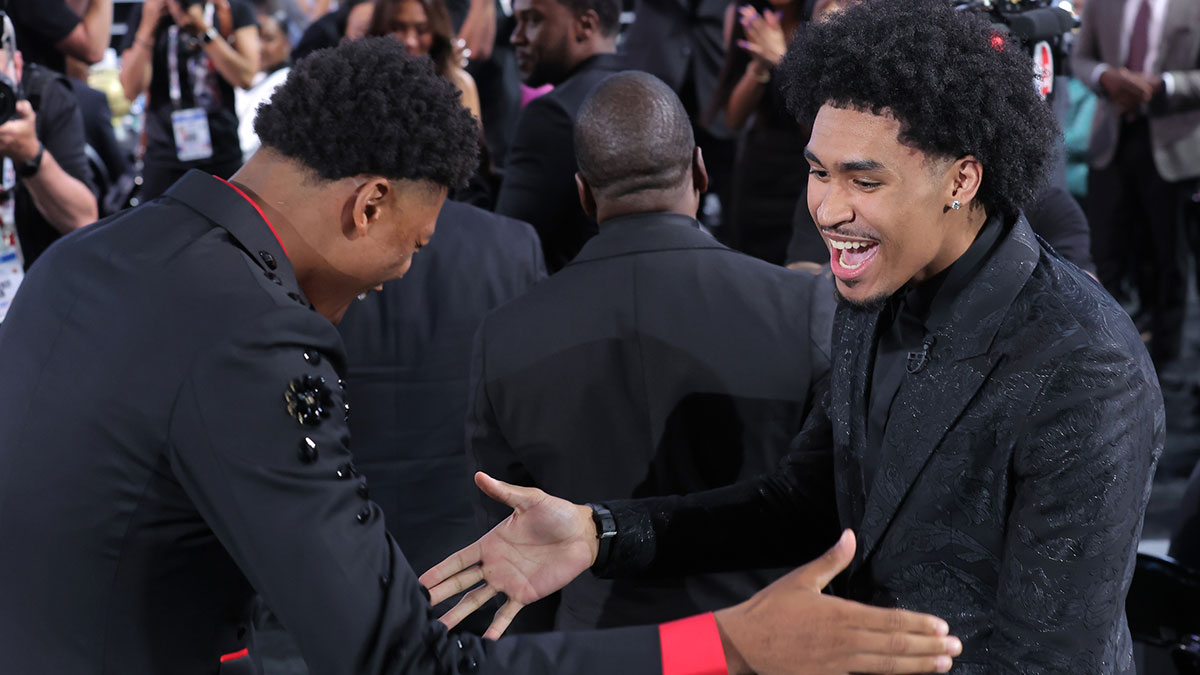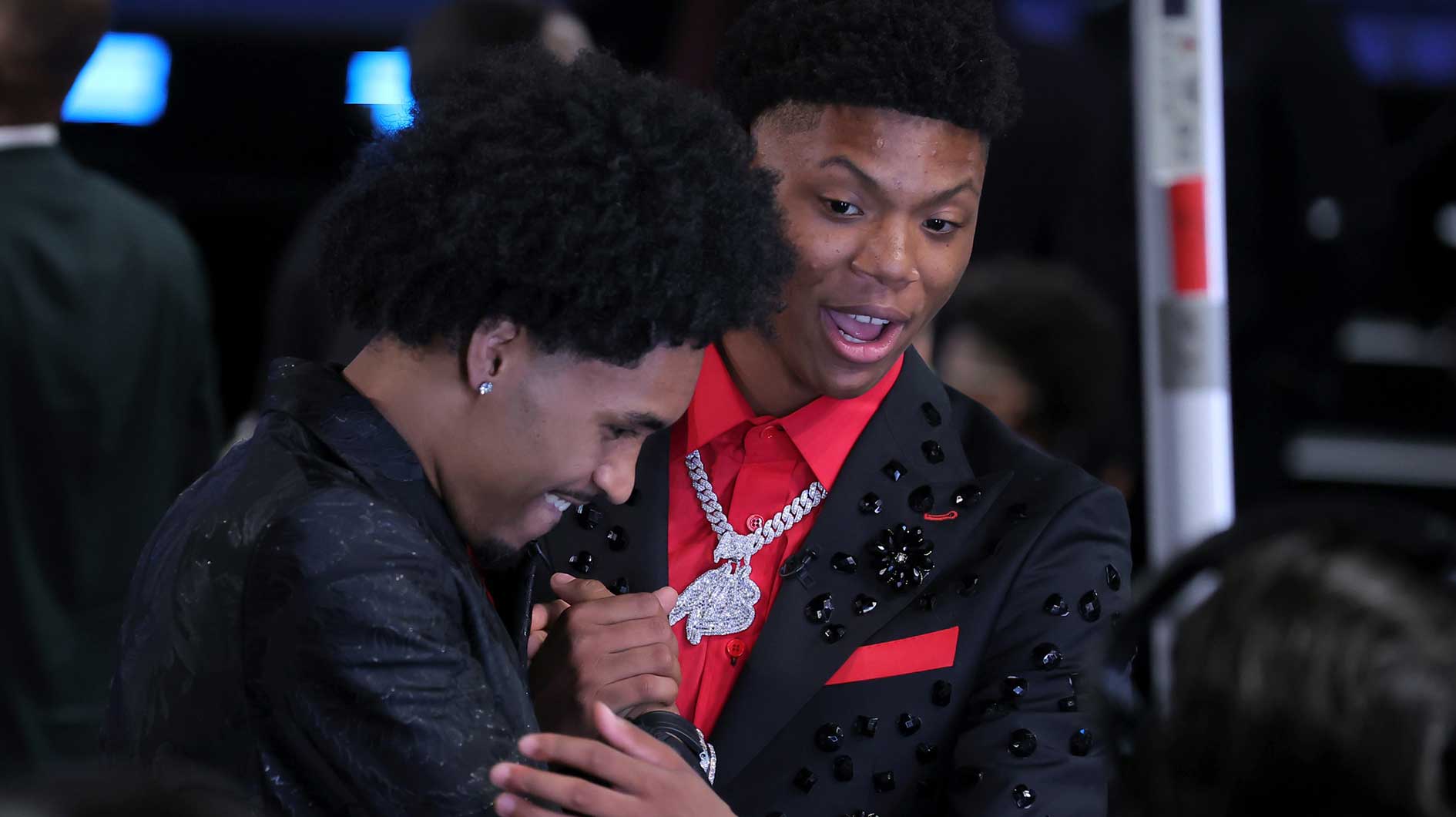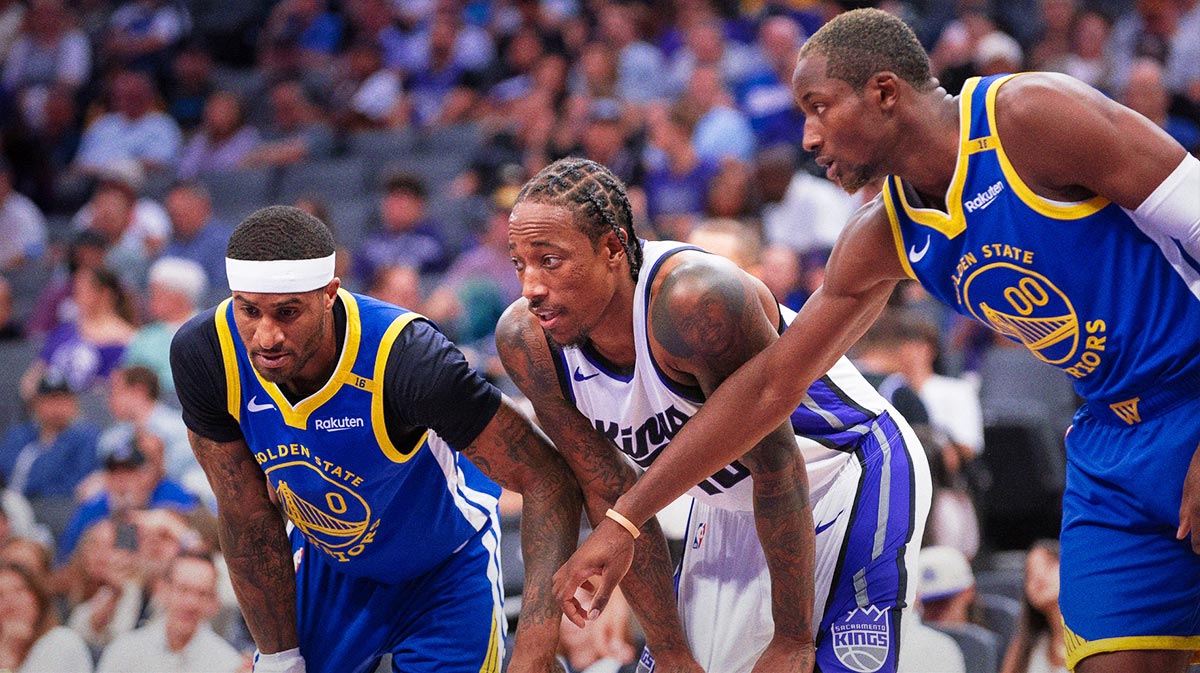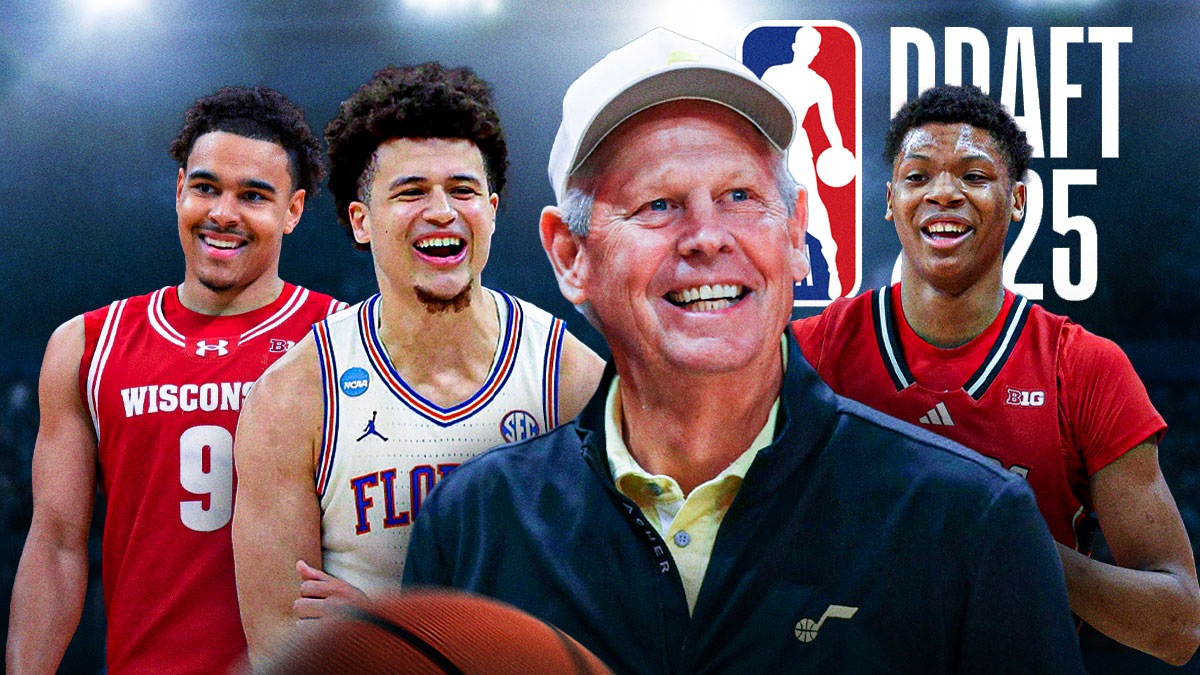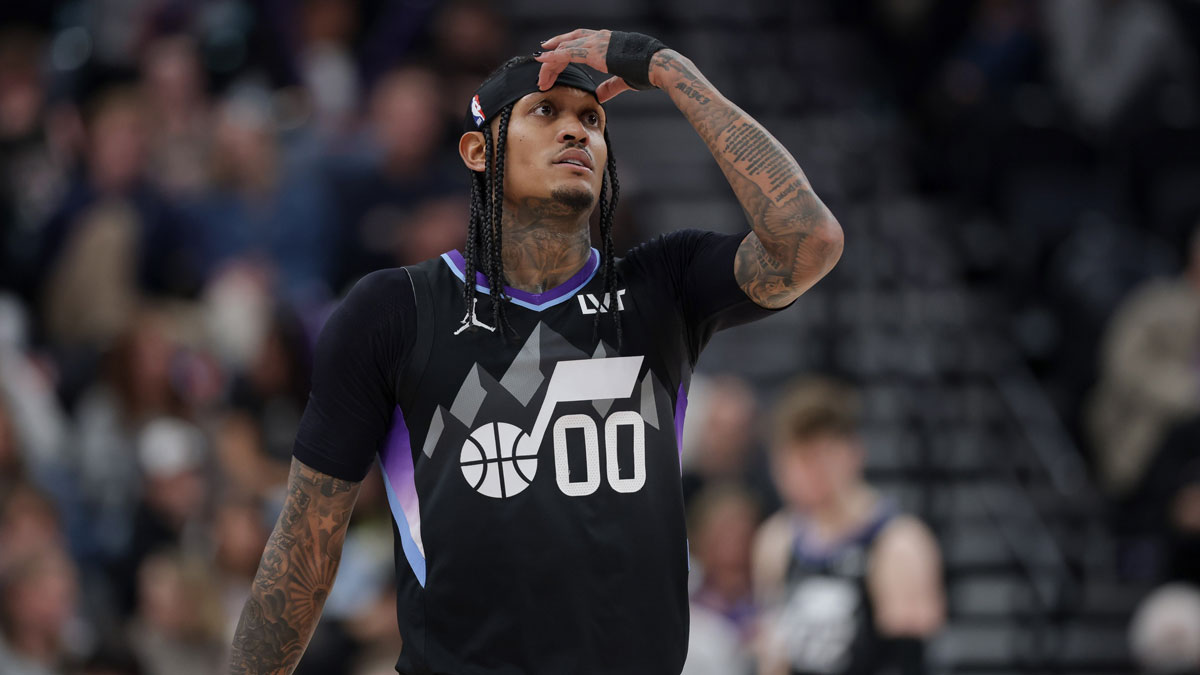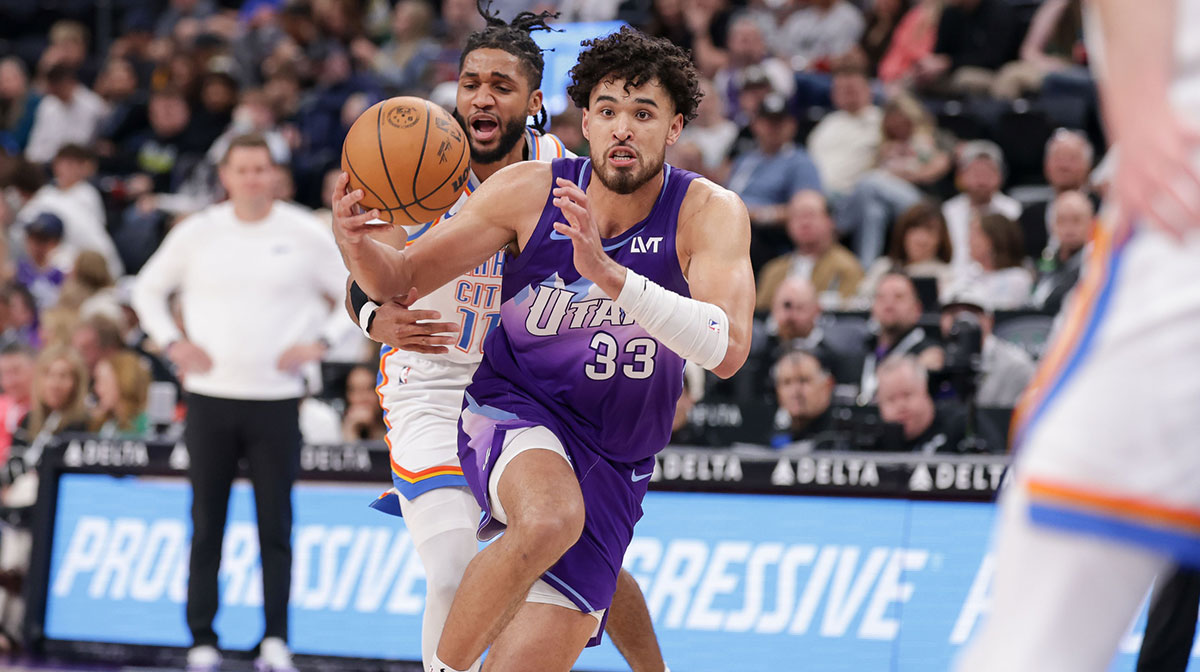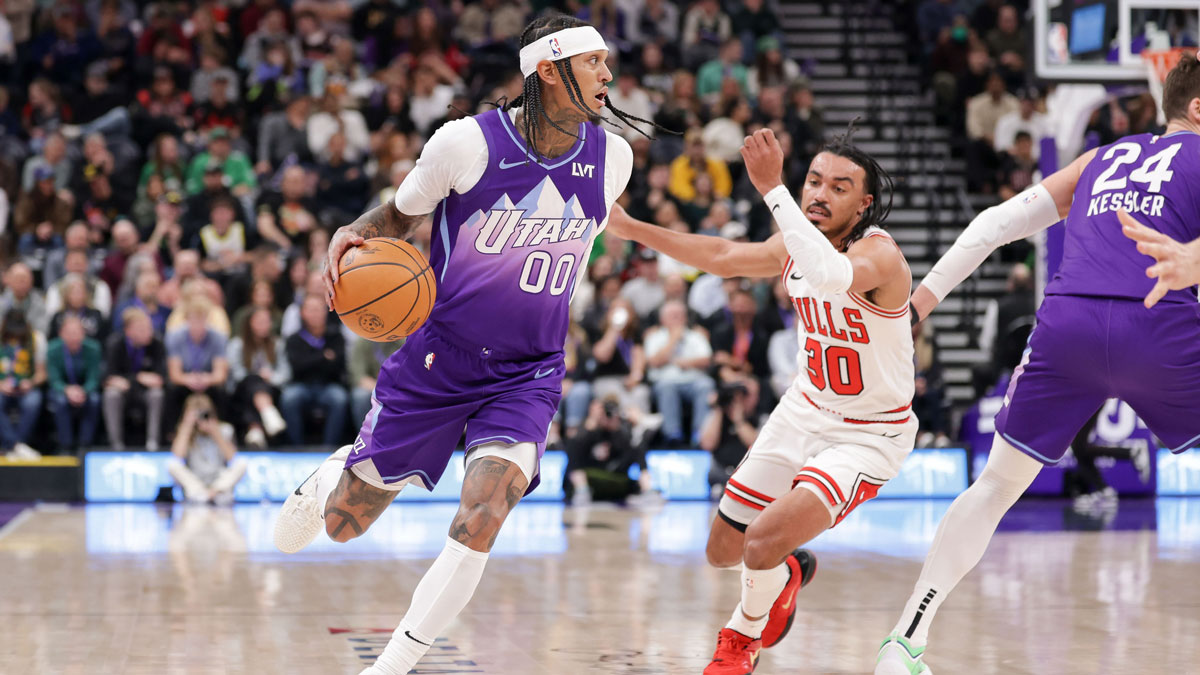After losing Gordon Hayward to free agency, the Utah Jazz were supposed to go into rebuilding mode as they tucked their tails underneath them and scampered out of the playoff conversation.
Instead, Head Coach Quin Snyder has done wonders with this team. It could be argued he's done more with less than anyone else in the NBA.
With the Western Conference playoff race tightening up, teams from the third seed all the way to ninth are fighting for the postseason. And despite roster turnover and injuries, Snyder and the Jazz sit only one game behind the eighth-seed Denver Nuggets.
Not many predicted this before the season. Utah only has one player (a rookie) who can create his own shot off the bounce. With no Hayward, no Dante Exum and now, no Rodney Hood, Snyder has been forced to rely on an offense that creates open looks for others, instead of players that create open looks for themselves.
When Hood, arguably their best offensive player, was traded, the Jazz were 25-28. Since that time, they've gone 9-2 and are on the verge of making a late-season playoff push.
Their defense has been stellar as usual, putting up a savant-like defensive rating of 96.3 over that time. But it's been the offense kicking up a notch that's made the difference.
Snyder continues to design plays to put his players in the best position to succeed:
Snyder's offense is an intricate layer of actions and counters.
This play begins with Ricky Rubio throwing the ball ahead to Alex Burks on the right wing, then continuing down toward the baseline. As Burks swings the ball back to the top of the key to Jae Crowder, Rubio reverses course to set a back screen on Burks' man, who then cuts toward the baseline and into the left corner.
As that's happening, Donovan Mitchell clears out of the left corner by cutting through the lane and heading toward a pin-down screen on the right wing from Crowder, who just completed a dribble hand-off with Rubio at the top of the key.
Still with me? Well, Derrick favors then sets a pin-down on Burks man (now in the left corner), forcing Karl-Anthony Towns to step up and prevent a wide-open three. However, that leaves Favors open on the roll and Burks hits him with a beautiful one-handed bounce-pass for a two-handed flush.
If you're lost reading that, imagine how the defense feels chasing everyone around and constantly guessing what's coming next. It's this sort of design that has turned a bunch of players with below-average offensive skill into an average offensive team.
Two of the most common play types in the NBA are isolation and a pick-and-roll. Unfortunately for the Jazz, they are the 28th ranked team in points per possession on pick-and-rolls by their ball-handlers (0.778) and 18th in points per possession on isolations (0.865) according to Synergy Sports.
This has forced Snyder to create an offense where everyone's involved and constantly moving to keep the defense on their toes. According to NBA.com, the Jazz run an average of 9.54 miles per game on offense, the sixth most in the NBA. On this set against the Minnesota Timberwolves, there isn't one player who doesn't touch multiple areas on the floor throughout the possession:
After Raul Neto drops the ball off to Crowder, he cuts through the lane and into the left corner. Crowder then rotates the ball to Burks up top before shadowing his pick-and-roll and providing an outlet pass on the right wing. Burks came from the right corner on a pin down from Favors and subsequently touches the top of the key and the restricted area before the missed shot. Favors sets two screens on the wing, before rolling to the left block and fighting for offensive positioning on the screen. And finally, Mitchell starts in the left corner before cutting through the baseline, coming back to the corner, and then rotating to the left wing.
The Jazz use passing as their primary weapon to attack defenses, ranking fourth in the NBA with 323.4 passes per game. This constant ball movement helps them to supplement those shots their players can't create for themselves:
This design by Snyder begins with Rubio passing the ball to Favors up top who rotates it to Mitchell on the wing. Favors then sets a pin-down screen for Rubio who gets the rock up top and goes into a two-man game with Favors. As we already know, the Jazz struggle in the pick-and-roll so this primary action is unlikely to yield them any points. However, as Rubio peruses the lane, Crowder cuts from the weakside corner and receives a beautiful dime in the paint and finishes the tough reverse layup through traffic.
Another staple of the Snyder's is to run his offense through the elbow. They use various setups to make this happen, but the horns formation is the most common you'll see:
There are so many variations the Jazz can run out of the horns set it makes the defense impossible to know what's coming. Also, the sets aren't as scripted as you may think, with each player having multiple options depending on how the defense plays them.
Here, Andrew Wiggins cuts off the initial attempt at a ball screen, so Crowder receives a flare screen from Rudy Gobert. Then, Gibson cuts off the pass to Crowder, so instead, Mitchell hits Gobert and immediately follows his pass for a dribble handoff. From there, they continue to flow based on how the defense is playing them and is able to get an open look the three-point line.
In a league heavily reliant on star players, Snyder gets the most out of his team every night. When you compare the teams ahead of them, they don't nearly have the same individual offensive talent. However, they are better positioned than the teams in the 8-10 range of grabbing the final playoff spot.
After winning 15 of their last 17 games, Snyder has forced the NBA to talk about the Jazz as a legitimate playoff threat. But that's not the only conversation we should be having about him, as he's a real candidate to receive Coach of the Year consideration.

